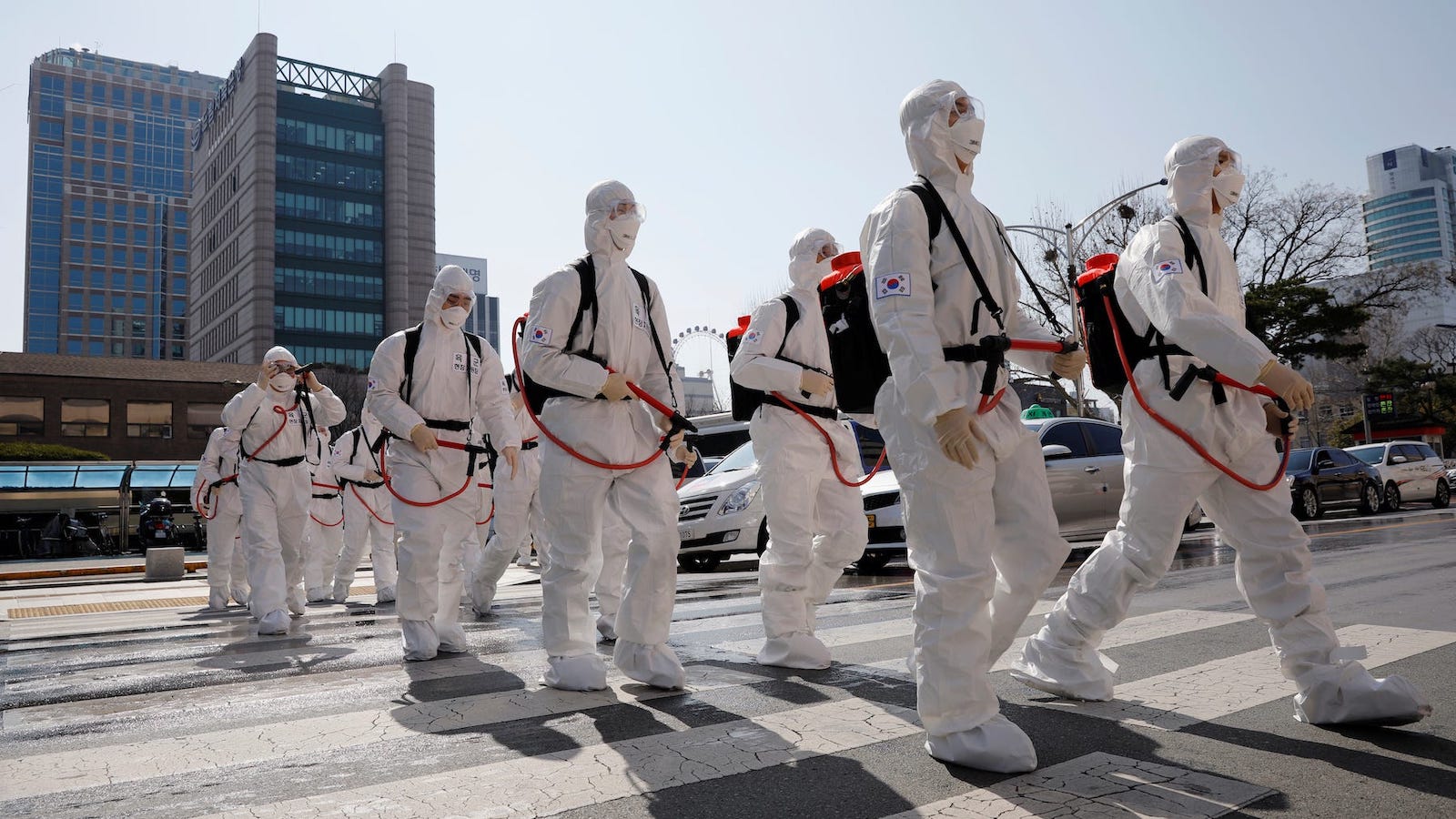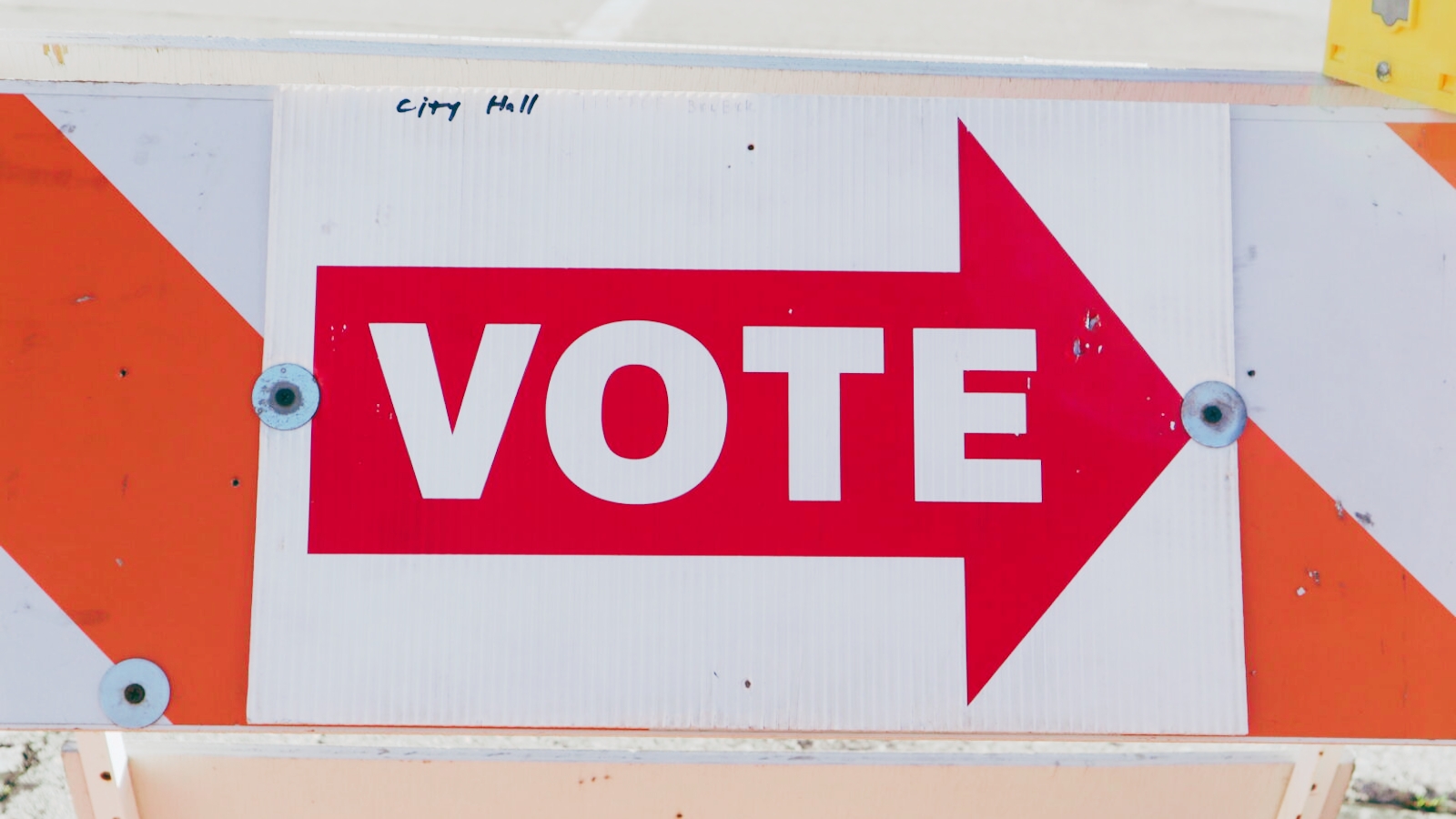
South Korea Proves We Don’t Have to Shut Down the Economy to Curb Coronavirus Transmission
It seems the official plan to combat COVID-19 is to issue mandatory stay-at-home orders for hundreds of millions of Americans. Since California made the first declaration on March 19, 16 states have followed suit, issuing orders of their own. The logic is, if people are required to stay home except when they need to get essential items, then fewer people will come in contact with potential carriers of coronavirus, thus slowing the rate at which the virus spreads. That is exactly the type of linear, tone-deaf thinking—which pays no regard to how average people live their lives—that we have come to expect from our elected officials.
It’s not just that the stay-at-home orders are overly harsh and economically crippling, though they certainly are. It’s that they simply will not contain the virus at the rate needed to save as many lives as possible. Reports continue to surface that people largely disregard the order and continue to interact.
Some states have even recognized that the orders are unenforceable. However, businesses are much more likely to comply and not operate while such orders are in place. So, in effect, the policy doesn’t do much to keep people indoors, but it does halt economic activity, exacerbating the financial pain people are already going through. Stay-at-home orders, then, are a lose-lose proposal.
What then is the solution‐issuing additional pieces of legislation? No, we don’t need ceremonial actions from our leaders on high. We need results, and we need them fast.
Evidence continues to pour out of South Korea demonstrating that their model is the most effective means to contain the virus.
South Korea launched an immense testing and educational effort to combat the virus, educating citizens on the importance of staying at home while encouraging them to get tested. This approach works because we can quickly isolate carriers of the virus and prevent them from spreading the disease. Rather than swinging blindly at the problem, we target only those infected.
If one is not infected, he or she practices key safety measures such as social distancing and proper hand washing, but can continue to work, make a living and put food on the table. This has resulted in South Korea flattening their curve without shutting everything down, and more people keeping their jobs. A win-win situation.
Right now, we don’t know exactly how many people have the virus in the U.S., because we have not been remotely earnest enough in ramping up testing to isolate carriers. And despite increased efforts, the U.S. has tested only 1 in every 786 Americans, compared to 1 in every 142 South Koreans.
The “test-and-treat” model would be a proper path forward for the U.S. to adopt, yet officials from both Democratic and Republican administrations continue to double down on what seems to be the only possible solution in their minds: shutting down the U.S. economy.
Time is of the essence, but local leaders in states across the country have been wasting precious days debating if they should issue an order that has unknown effect on containing the virus. The question is a red herring, distracting us from a policy that has been proven to curtail the virus and flatten the curve: large-scale testing and treatment.
The private sector must be enlisted to create the requisite number of tests in time. Luckily, the FDA has recognized the efficiency of free enterprise in combatting coronavirus and has loosened burdensome restrictions to increase the rate at which tests are produced. We need more of this type of deregulation to significantly increase our testing efforts.
Issuing a stay-at-home order may make a politician feel like a leader, but it certainly doesn’t make them one. Leaders produce results. They understand the issues and chart a path to a viable solution for everyone. We don’t have to sacrifice the U.S. economy in order to prevent the spread of COVID-19, and South Korea has demonstrated as much. It’s time the United States government recognized that.
Free the People publishes opinion-based articles from contributing writers. The opinions and ideas expressed do not always reflect the opinions and ideas that Free the People endorses. We believe in free speech, and in providing a platform for open dialogue. Feel free to leave a comment.




Dale
You are totally ignoring the differences in these two societies. South Koreans are more socially responsible people and have followed the recommendations to keep themselves and others safe. We have developed large numbers of people who are only interested in what they can get for themselves at any cost to others and society at large. Given the same information for beating the pandemic, many Americans chose to hoard, party, travel and ignore expert advice, official directives and legal orders.
rdorey@rogers.com
what bugs me is..what is a mask ..mainly its a bit of paper with an elastic band …apparently too high tech to make in Canada …what joke we have become
Dave Howard
We got a late start and didn’t have the capacity to test the numbers of people we needed to test. The government was not helpful and we’re now trying to play catch-up. Once we have enough tests out there, things will calm down. I hope. And I think the economy will recover pretty quickly. I hope.
Zach
Trying to implement collectivist approach in an individualistic society will result in bad consequences. Stay-at-home strategy buys invaluable time to provide better solutions, more ventilators and in general prepare country for inevitable pandemic.
Keith
This article conveniently overlooks that fact that, even today, the US does not have the testing capacity needed to pull this off. That is why governments are forces to shut things down. It is not their first choice, it is their only choice.
The only reason South Korea is able to test at the capacity they are is because they took the threat of the virus seriously and started mass producing test kits while the U.S. Administration was still saying “It’s going to disappear. One day, it’s like a miracle, it will disappear”.
In the early days of the South Korean outbreak, they had the capacity to test 20 people for every one that was found sick. This means any time they had a confirmed case, just about everyone that person came in contact with would be tested almost immediately. This is what stopped the spread in South Korea.
The US on the other hand had an administration that refused to take the threat seriously instead downplaying it as some kind of hoax. We lost weeks of time that could have been used to lessen or even prevent the outbreak because the administration dragged its feet and then the CDC released faulty test kits. Early in the epidemic, testing was refused to anyone that had not been to China. This meant we had no way to prove the virus was spreading locally because again the administration refused to accept any reality that could make the president look bad. This crippled the US’s ability to accurately test and any hope we had of ‘pulling a South Korea’ was lost due to the incompetence of the federal response.
South Korea acted swiftly and decisively. That is why they were able to keep their business open. The U.S. government ignored the clear danger and that is why we now all pay the price.
John Dieffenderfer
We have two groups of people in the USA; those that believe stay-at-home is necessary to save lives and allow our country the time to beef up its medical system, find effective treatments, work towards a vaccine, and ramp up testing so that we can figure out who the spreaders are and put a stop to things.
The other side things its all stupid, governments in the USA (and around the world) are dumb idiots, and everybody is over-reacting to this flu issue; a few deaths, or even thou sands of deaths, are better than shutting down the nation (or the planet for that matter). This side seems to rejoice at the greater and ever greater numbers, because it seems to indicate that as more people are tested and more cases are discovered, the “death rate” percentage is lower and so it adds to the theory its a lot of overblown hype.
I get both sides…BUT, its not the government that is going to get people back to work. They AREN’T going to get on planes, or ride in cruise ships, or eat in restaurants, when 20% of those that get infected end up in the hospital, and 5% of those infected end up in intensive care. Period. To keep this real, just imagine for a minute that your church choir wants to meet and sing songs to the glory of the Lord. Do you meet, or not? Side 1 says NO, and side 2 says YES. Well, imagine you go and sing with 60 of your best friends, and 6 days later 45 are pretty damn six, and 2 are dead within a week. With those kind of odds, WHO is stupid enough to want to go to choir practice? The problem is its not hypothetical:
https://news.yahoo.com/choir-decided-ahead-rehearsal-now-023414705.html?soc_src=hl-viewer&soc_trk=ma
Brian N
1 in 142 people being tested is a long, long way from making this a feasible solution. Hell. 1 in 142 people being tested every week is a long, long way from making this a feasible solution.